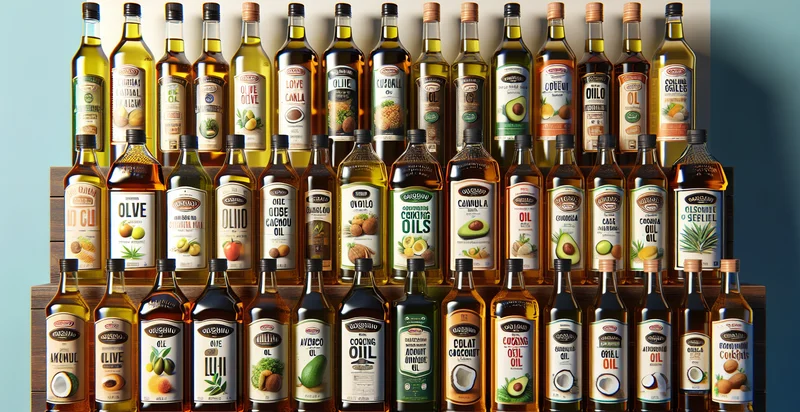Identify oil quality
using AI
Below is a free classifier to identify oil quality. Just upload your image, and our AI will predict the quality grade of the oil. - in just seconds.

Contact us for API access
Or, use Nyckel to build highly-accurate custom classifiers in just minutes. No PhD required.
Get started
import nyckel
credentials = nyckel.Credentials("YOUR_CLIENT_ID", "YOUR_CLIENT_SECRET")
nyckel.invoke("oil-quality", "your_image_url", credentials)
fetch('https://www.nyckel.com/v1/functions/oil-quality/invoke', {
method: 'POST',
headers: {
'Authorization': 'Bearer ' + 'YOUR_BEARER_TOKEN',
'Content-Type': 'application/json',
},
body: JSON.stringify(
{"data": "your_image_url"}
)
})
.then(response => response.json())
.then(data => console.log(data));
curl -X POST \
-H "Content-Type: application/json" \
-H "Authorization: Bearer YOUR_BEARER_TOKEN" \
-d '{"data": "your_image_url"}' \
https://www.nyckel.com/v1/functions/oil-quality/invoke
How this classifier works
To start, upload your image. Our AI tool will then predict the quality grade of the oil..
This pretrained image model uses a Nyckel-created dataset and has 38 labels, including Clean, Cloudy, Colorful, Contaminated, Dark, Dirty, Filtered, Flavored, Food Grade and Fresh.
We'll also show a confidence score (the higher the number, the more confident the AI model is around the quality grade of the oil.).
Whether you're just curious or building oil quality detection into your application, we hope our classifier proves helpful.
Related Classifiers
Need to identify oil quality at scale?
Get API or Zapier access to this classifier for free. It's perfect for:
- Quality Control in Oil Refineries: This function can be employed in oil refineries to automatically assess the quality of crude oil and finished products based on images. By identifying poor-quality oil blends, refineries can optimize processing, reduce waste, and ensure compliance with industry standards.
- Supply Chain Management: Organizations involved in the procurement and distribution of oil can use the image classifier to evaluate the quality of incoming shipments visually. This ensures that only high-quality oil reaches the customers, thereby enhancing customer satisfaction and minimizing returns.
- Maintenance of Machinery: The oil quality identifier can be integrated into predictive maintenance systems for machinery that relies on oil lubrication. By analyzing oil sample images for contamination or degradation, it helps schedule timely maintenance, reducing downtime and extending equipment life.
- Environmental Monitoring: The function can aid environmental agencies in assessing oil spills or accidental releases by classifying the quality of the oil present in affected areas. This information is vital for response strategies, cleanup processes, and environmental impact assessments.
- Agricultural Applications: Farmers and agribusinesses can utilize the oil quality identifier to ensure the quality of oils used for agricultural machinery. Ensuring proper oil quality helps maintain equipment efficiency and reduce operational costs, ultimately benefitting crop yield.
- Product Development in Food Industry: In the food industry, this functionality can be used by manufacturers producing edible oils to assess the quality before packaging. Consistent quality checks can lead to improved product reliability and enhanced brand reputation.
- Regulatory Compliance Audits: The oil quality identifier can facilitate regulatory compliance by providing visual evidence of oil quality during audits. By maintaining stringent quality standards, businesses can avoid penalties and ensure they meet environmental and safety regulations.


